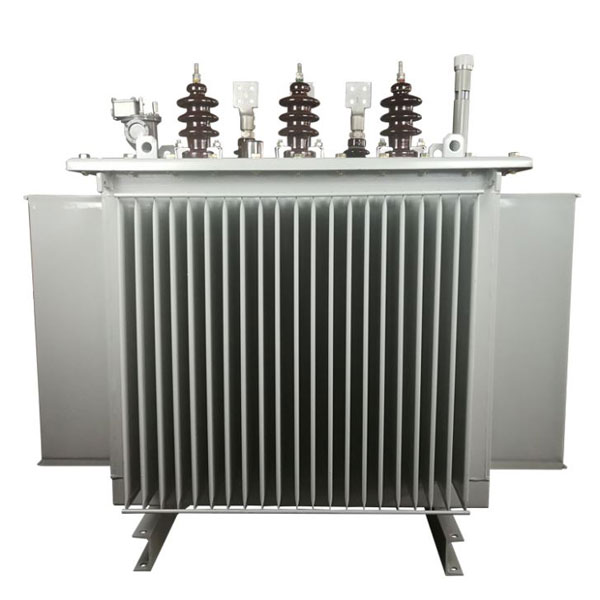Unveiling the Powerhouse: Exploring the Three Vital Functions of a Transformer

Transformers, the unsung heroes of the electrical world, play a crucial role in power transmission and distribution systems. These remarkable devices are responsible for efficiently transferring electrical energy from one circuit to another, enabling us to enjoy the benefits of electricity in our daily lives. In this article, we will delve into the depths of transformers and uncover their three fundamental functions.
Function 1: Voltage Transformation
One of the primary functions of a transformer is voltage transformation. By utilizing the principles of electromagnetic induction, transformers can either step up or step down the voltage levels of an alternating current (AC) electrical supply. This capability is vital for long-distance power transmission, as it allows for the efficient and safe transfer of electricity across vast distances. Moreover, voltage transformation enables the adaptation of electrical energy to suit the specific requirements of various devices and systems, ensuring optimal performance and protection against voltage fluctuations.
Function 2: Current Isolation and Regulation
Another critical function of transformers is current isolation and regulation. Transformers provide electrical isolation between the input and output circuits, preventing the flow of direct current (DC) and minimizing the risk of electrical shock. This isolation is particularly important in sensitive electronic equipment, where even the slightest electrical interference can cause malfunctions or damage. Additionally, transformers help regulate the current by adjusting the turns ratio between the primary and secondary windings. This feature ensures that the output current remains stable and within the desired range, safeguarding electrical devices and preventing overheating or electrical failures.
Function 3: Impedance Matching
Impedance matching is the third essential function of a transformer. In electrical systems, impedance refers to the opposition to the flow of alternating current. Transformers facilitate impedance matching by adjusting the turns ratio, allowing for efficient power transfer between different components or systems with varying impedance levels. This function is particularly crucial in audio systems, where impedance matching ensures optimal power transfer, prevents signal distortion, and maximizes sound quality. By providing impedance matching capabilities, transformers enhance the overall performance and efficiency of electrical systems, enabling seamless communication and operation.
Conclusion:
Transformers are the unsung heroes that silently empower our modern world. Through their three vital functions of voltage transformation, current isolation and regulation, and impedance matching, transformers enable the efficient and safe transmission of electrical energy. From powering our homes and industries to facilitating communication and innovation, these remarkable devices play a pivotal role in our daily lives. So, the next time you switch on a light or charge your electronic devices, remember the silent powerhouse that makes it all possible – the transformer.
